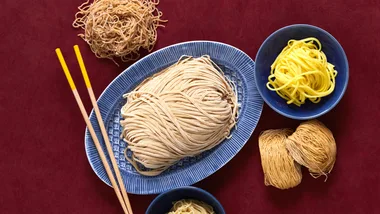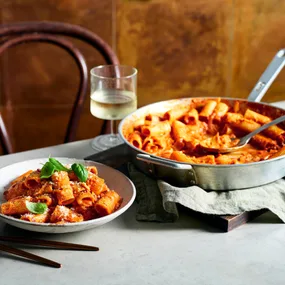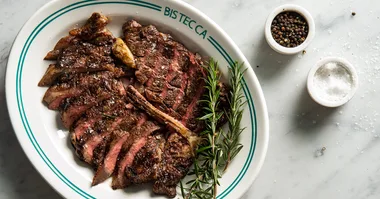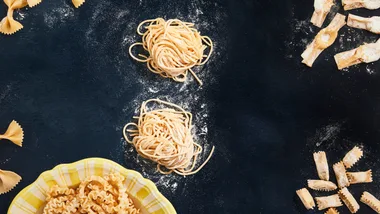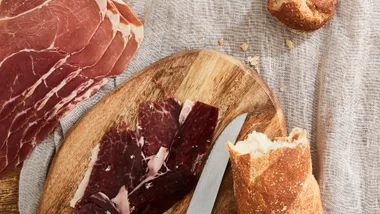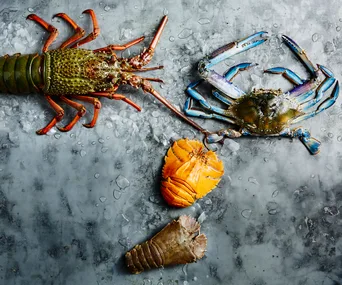For the past six years, I’ve made an annual pilgrimage to Japan and, over that time, I’ve developed a special love of tsukemono, or Japanese pickles.
While pickles are found in many countries, for me, no one makes them quite like they do in Japan. Tsukemono are unique in their diversity and technique, and for many, a meal isn’t complete without them.
Of all the different mediums for pickle-making, nukazuke, made by fermenting vegetables in a bran bed called a nukadoko, is a clear favourite. The pickle, which is made without vinegar, is distinctively crunchy, salty and sour, with wonderful earthy, umami undertones. It’s also an easy process once the bed has been established, and the resulting pickle is not only delicious, but packed with good bacteria.

The bran slurry that is critical to the nukazuke-making process.
(Photo: Alicia Taylor)Fermenting in a nukadoko dates back to Japan’s Edo period (17th century) and was born as a way to use the by-product (bran) from the rice-polishing process when making sake. This bran is mixed with sea salt and water to form a paste like wet sand, then inoculated with lactobacillus, a bacteria that occurs naturally on the outer skins of vegetables. As these bacteria multiply, the nukadoko becomes more acidic and, in turn, pickles any vegetables in it. Flavours can also be added – think seaweed, spices, ginger and chilli.

Use clean vegetable scraps to kick-start the fermentation process.
(Photo: Alicia Taylor)Classic vegetables pickled in nukadoko are eggplant, turnip and cucumber, but I’m currently loving beetroot, radish and carrot. An active bed will pickle a radish or cucumber in as little as six hours, and denser vegetables, a beetroot or a turnip, say, in up to five days. The longer the vegetables are left in the nukadoko, the stronger the flavour. In Japan, the most famous nukazuke is takuan, made with air-dried daikon and aged for up to two years. Fish and meat are also fermented in a nukadoko, most notably in narezushi (the precursor to modern-day sushi) around lake Biwa.

Classic vegetables pickled in nukadoko are eggplant, turnip and cucumber, but beetroot, radish and carrot work well too.
(Photo: Alicia Taylor)My nukadoko is always filled with one vegetable or another and has been going for 18 months. The starter, however, came from my friend, Yoshihiro, in Kyoto. He got his from a friend, who runs an izakaya, who got it from a 400-year-old kaiseki restaurant. Yoshihiro thinks it’s probably more than 200 years old. It’s not necessary to have a starter, though. The process resembles that of making sourdough, and it’s easy to start your own.
Another vital piece of information – as told to me by an all-female group of traditional pickle masters in Kyoto, is that “you should never let anyone else touch your nukadoko. It is your hands that make your pickle better than anyone else’s”.
If your nukadoko is becoming too active and you’re having trouble keeping up, put in in the fridge to slow down the fermentation. Likewise, if you’re unable to feed it for a few days, put it in the fridge, then give it a big feed of vegetables when you’re ready to up production again.
Nukazuke (Japanese pickles) recipe
Crunchy, salty and savoury, nukazuke are perfect as part of a Kyoto-style breakfast on a bowl of rice, or as a topping for congee.
Makes as much as you like // Prep time 20 mins (plus fermenting).


